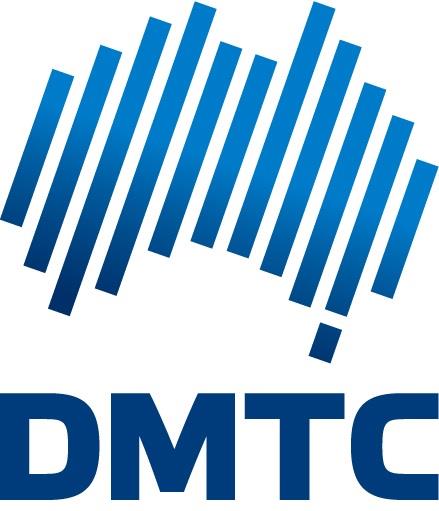A new study into Australian carbon fibre capabilities will help drive sovereign manufacturing development for future defence projects.
Advanced Fibre Cluster Geelong members were among more than 50 leading firms, academics and industry groups interviewed for the comprehensive report.
The study, commissioned and supported by DMTC, concludes there are impressive carbon fibre and composite manufacturing capabilities across Australian industry and academia.
CEO of DMTC, Dr Mark Hodge, (pictured above) said this week the project aimed to provide a basis for DMTC to undertake future work in building Australia’s industrial capability and supply chain depth in this emerging sub-sector of the defence industry.
“There is growing demand on defence projects for advanced materials, to take advantage of particular performance characteristics,” Dr Hodge said.
“Composites can be attractive because they offer important performance characteristics including strength to weight ratio, ability to integrate functions, corrosion resistance and signature reduction,” he said.
According to the study, “Australian firms have credentials as sophisticated carbon fibre composites producers”, having designed and manufactured components for NASA, the Canadian Space Agency, James Cameron’s underwater vessel, as well as for commercial and defence prime contractors.
Shared with key defence and industry stakeholders earlier this month, the study also identifies several challenges for Australian industry, in particular issues related to the lack of scale of the small and medium sized enterprises involved.
“Much of the industry capability lies in relatively small SMEs that often find it difficult to engage with defence supply chains for reasons including a lack of information; lack of strategic orientation; lack of cash to support experimentation and innovation; and a small cadre of expert personnel who are spread too thinly,” the DMTC study says.
The report notes there is a distinction between aerospace and projects in other domains, for example land and maritime because materials specifications for aircraft take a considerable time for suppliers to meet the various quality requirements for vendors.
However, the study found there is at least one significant exception.
“In Tactical Unmanned Aerial Systems (TUAS), specifications are more contestable,” the report’s author, John Dean (Bremer & Co), said this week. This means the materials validation processes may be less onerous, “and this provides an opportunity for Australian capability development,” he said.
The Carbon Fibre study also identified carbon composite opportunities in land combat and protected vehicles as well as in the large naval acquisition programs, including the $35 billion Hunter Class Frigates program and the $50 billion Attack Class submarines contract.
The report was developed by John Dean of Bremer & Co, in conjunction with CEO of the Advanced Fibre Cluster Geelong, Jennifer Conley, and DMTC’s Industry Capability Development Program Leader, Charlotte Morris.
Dr Hodge said the study suggested several key activities which are now under consideration by DMTC.
Responses to the challenges and opportunities identified in the study may include an industry capability development program aligned with the requirements of one or more of the major Defence acquisition programs, for example in the land, sea and air platforms, including unmanned aerial systems and maintenance and repair operations.
Further consultations will be undertaken to finalise the specifics of the activity.
A copy of the report is available on request to Charlotte Morris, DMTC Industry Capability Development – Program Leader at charlotte.morris@dmtc.com.au

About DMTC
DMTC’s mission is to create and enhance Australian industrial capability and skills through designing and executing collaborative technology development and innovation activities in the defence, national security and related sectors.
Jul 2021
